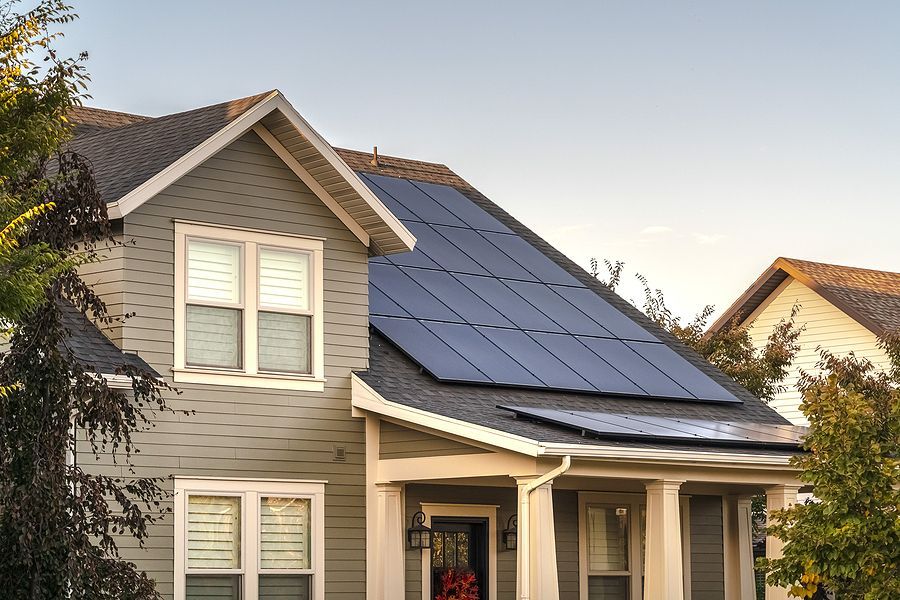How Much Does It Cost to Go Solar?
In the pursuit of sustainable energy solutions and reduced carbon footprints, solar power has emerged as a beacon of promise. The idea of generating clean and renewable electricity directly from the sun's rays is alluring, but the question that often arises is: How much does it cost to install solar power? Delving into this question requires understanding the various factors that influence solar costing and what elements contribute to the overall expenses.
Factors Influencing Solar Costs
Solar power installation costs can vary significantly due to a multitude of factors. Some of the primary considerations that impact the overall cost include the system size. The size of the solar power system is a major determinant of cost. Larger systems with more solar panels will naturally require a higher investment. Your energy consumption also plays a significant role. Homes or businesses with higher energy needs will require larger solar installations, thus increasing the cost. The amount of sunlight your location receives is vital. Areas with more sunlight are more conducive to efficient solar power generation. The type and condition of your roof impact installation complexity. Different materials and angles may require adjustments, potentially affecting costs. Government incentives, tax credits, and rebates can significantly offset installation costs, making solar power more affordable.
What's Included in Basic Solar Costs?
When evaluating the costs of solar power installation, it's essential to understand what's included in the overall expense. The cost of solar panels is a central component. The number of panels and their efficiency impact the overall expense. Inverters convert the generated DC electricity into AC electricity for use in homes or businesses. Mounting systems secure the solar panels in place, ensuring they receive optimal sunlight exposure. Labor costs encompass the installation process, including the mounting of panels, connecting wires, and integrating the system into your existing electrical setup. Obtaining the necessary permits and inspections from local authorities ensures the installation meets safety and regulatory standards.
Additional Solar Factors to Consider
The process of designing a solar power system and determining its optimal size for your energy needs involves engineering costs. Wiring, connectors, and electrical boxes are essential for connecting the solar power system to your home's electrical system. Some installations include monitoring systems that allow you to track the performance of your solar panels and energy generation. Though solar panels require minimal maintenance, considering maintenance costs over the system's lifespan is important.
The Bottom Line on Your Solar Power Investment
Solar power installation costs can vary widely based on individual circumstances and choices. While the initial investment may seem significant, it's essential to consider the long-term benefits. Solar power systems have the potential to provide significant savings on energy bills over their lifespan. Additionally, with various incentives and rebates available, the upfront cost can be substantially reduced, making solar power more accessible and financially appealing. As technology advances and solar panels become more efficient and affordable, the overall cost of installation is expected to decrease. In the meantime, individuals and businesses looking to reduce their carbon footprint and embrace renewable energy can find comfort in the fact that a well-designed and professionally installed solar power system is an investment that pays dividends not only in energy savings but also in contributing to a sustainable future.

